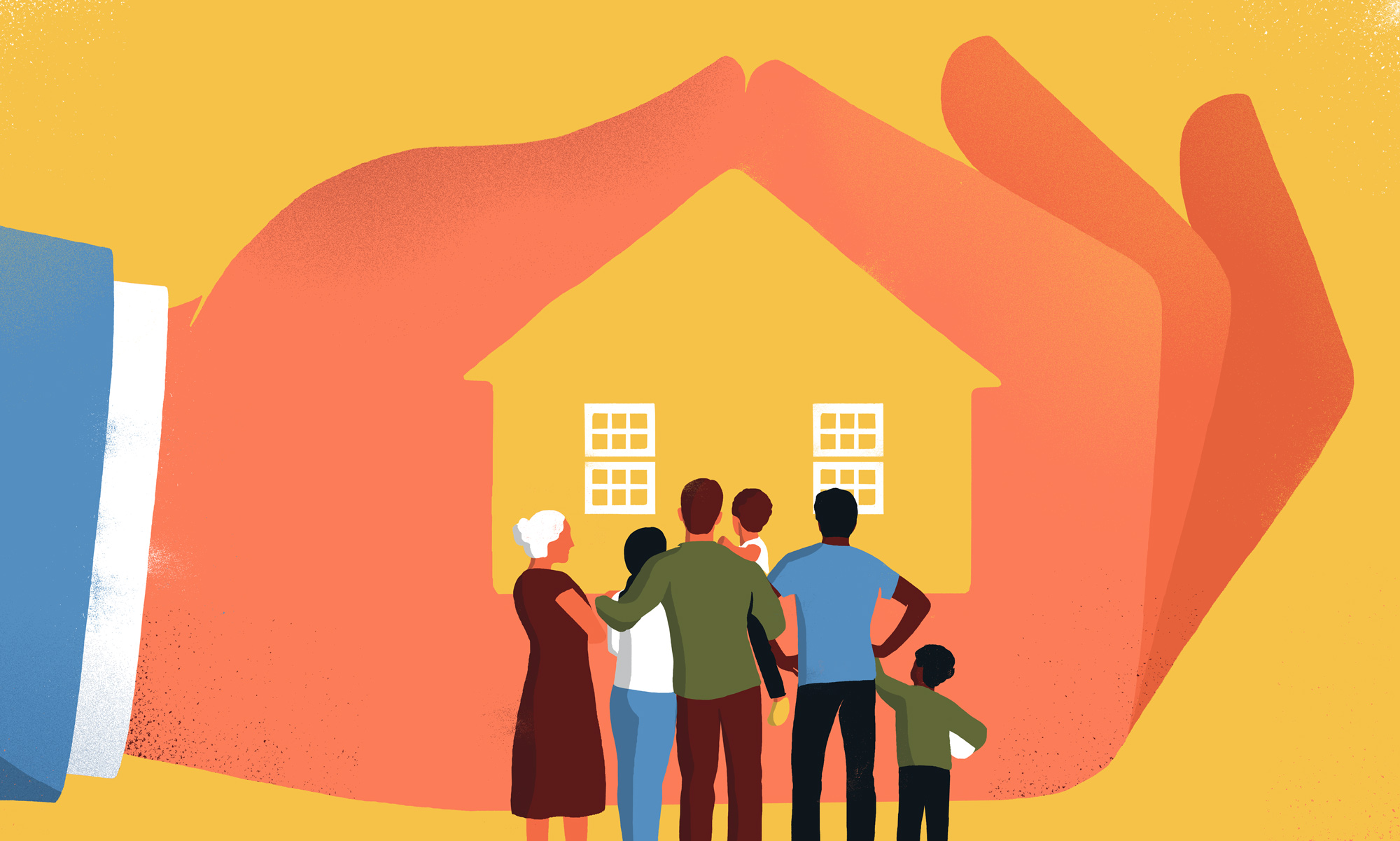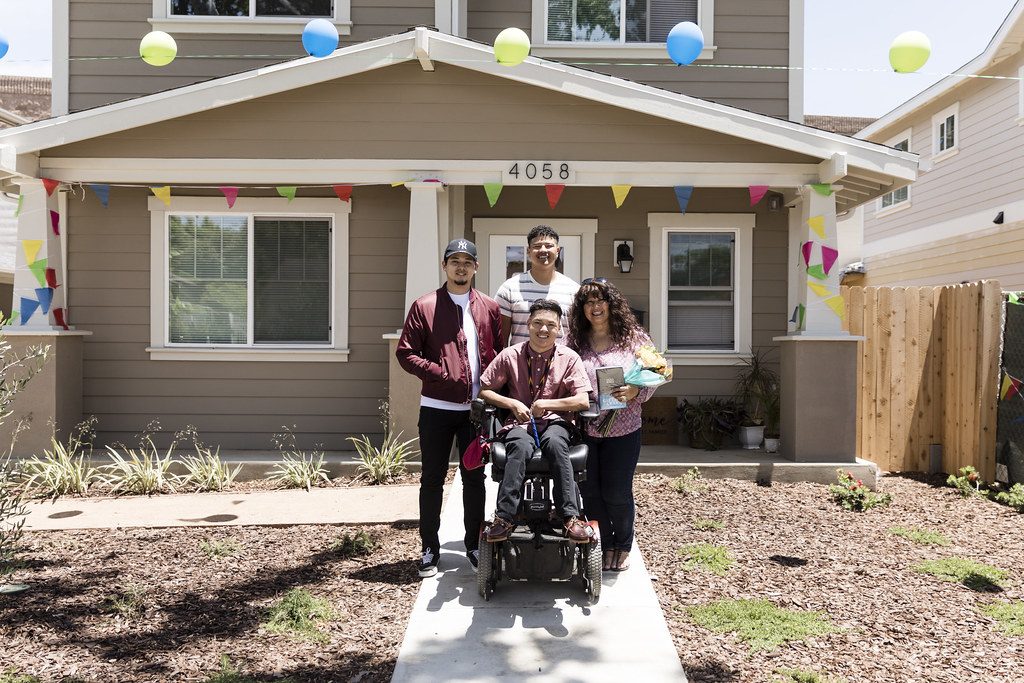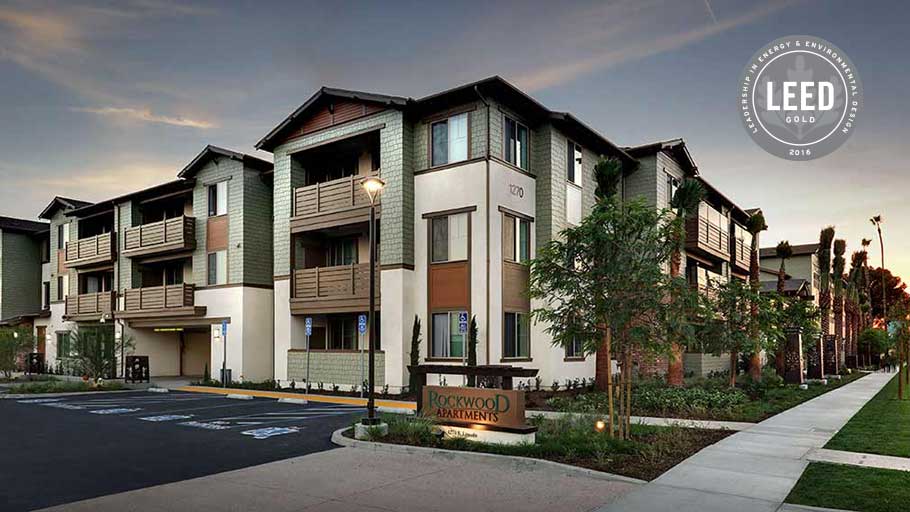How to Find the Most Affordable Options and Secure Affordable Homeownership
Inexpensive Homeownership Options for First-Time Homebuyers
As the real estate market remains to evolve, novice homebuyers face distinct difficulties in safeguarding economical homeownership choices. Numerous resources, including entitlement program programs, low-down-payment mortgages, and targeted gives, have arised to ease economic pressures. These efforts not only facilitate homeownership yet additionally foster neighborhood stability and financial development. Nevertheless, navigating these options can be intricate, and understanding which pathways are most useful requires careful factor to consider. What methods can potential homeowners use to maximize their chances in this landscape?
Government Aid Programs
Federal government support programs play a crucial function in making homeownership attainable for several individuals and families. These programs intend to alleviate the monetary worry associated with buying a home, specifically for first-time purchasers. By offering financial assistance, grants, and tax obligation rewards, federal government efforts assist connect the space between rising real estate costs and the buying power of prospective home owners.
Different programs are offered at the government, state, and local levels. For example, the Federal Real Estate Management (FHA) offers insurance policy on finances, permitting lenders to provide a lot more desirable terms, such as reduced deposits and decreased rate of interest prices. Furthermore, state and neighborhood governments often have their very own campaigns, which may include down repayment aid programs, property buyer education courses, and favorable home loan terms.
These programs are designed to address the one-of-a-kind obstacles encountered by low- to moderate-income families, including minimal financial savings and credit history. By fostering an atmosphere where homeownership is much more easily accessible, entitlement program programs not only sustain individual ambitions but also add to neighborhood security and economic growth. Understanding and using these resources can significantly enhance the potential customers of effective homeownership.
Low-Down-Payment Home Loans
For several ambitious home owners, low-down-payment home mortgages present a practical pathway to homeownership, especially in today's tough housing market. These home mortgage options commonly need deposits varying from 3% to 5%, making it easier for newbie buyers to get in the market without the burden of saving for a substantial deposit.
Different loan providers provide low-down-payment programs, including standard fundings backed by Fannie Mae and Freddie Mac, along with government-backed options like FHA fundings. These home mortgages are designed to fit people with limited financial savings while still offering affordable rate of interest. Notably, they allow customers to keep more money for various other essential expenses, such as relocating costs, home inspections, and possible renovations.
Nonetheless, possible property owners need to be conscious of the compromises connected with low-down-payment mortgages. A smaller down repayment might cause higher regular monthly settlements and the requirement of private home mortgage insurance (PMI), which protects loan providers in instance of default. It is crucial for novice purchasers to carry out comprehensive research study and seek advice from with home mortgage specialists, ensuring they choose a low-down-payment option that lines up with their long-term monetary goals.
First-Time Property Buyer Grants
Numerous novice property buyers locate that gives can considerably relieve the monetary worry of buying a home, matching low-down-payment home mortgage choices. These gives, often supplied by state and city governments or non-profit organizations, offer economic help that does not need payment, making them an appealing choice for those going into the real estate market.
Qualification for first-time homebuyer grants commonly relies on earnings, credit reliability, and the purchase cost of the home. Numerous programs are created to assist low- to moderate-income family members, guaranteeing that assistance reaches those who need it most. The application process often involves documentation of monetary status, property buyer education and learning programs, and often also a dedication to remain in the home for a certain period.
The amount helpful differs commonly, with some grants giving a number of thousand dollars to assist cover closing costs or down payments. Researching readily available gives in your area is important, as programs regularly transform and might have particular requirements. By leveraging these monetary resources, newbie buyers can make homeownership more obtainable, eventually achieving their desire of owning a home while minimizing the initial monetary strain.
Cutting-edge Neighborhood Initiatives
Ingenious community efforts are playing an essential role in broadening economical homeownership options for residents. These efforts often entail joint initiatives between local federal governments, charitable organizations, and economic sector stakeholders to produce lasting housing services customized to community demands.
One significant method is the establishment of community land counts on (CLTs), which enable locals to buy homes while the land remains possessed by the trust. This design aids preserve price gradually and prevents speculative cost increases. Additionally, CLTs often offer educational resources more helpful hints and support services to equip first-time property buyers.
An additional efficient initiative is the growth of mixed-income real estate tasks, which blend budget friendly units with market-rate homes. This approach cultivates inclusive communities and decreases the preconception typically related to low-income real estate. Neighborhood federal governments are increasingly supporting zoning reforms to facilitate the building of accessory home units (ADUs), which can provide additional rental revenue for property owners while boosting housing availability.

Tips for Budgeting and Saving

Following, develop a specialized interest-bearing account specifically for your future home acquisition. Goal to conserve a percent of your income consistently, preferably 20% or even more, to build a substantial deposit. Use automation tools, such as direct down payment or automatic transfers, to make conserving much easier and a lot more constant.
In addition, take into consideration embracing the 50/30/20 policy: assign 50% of your earnings to needs, 30% to wants, and 20% to financial savings and financial obligation payment - Affordable Homeownership. This technique advertises well balanced monetary wellness

Final Thought
In recap, economical homeownership alternatives for new property buyers encompass different sources such as government support programs, low-down-payment home mortgages, and gives. By leveraging these economic tools, individuals can navigate the intricacies of homeownership, eventually contributing to a more equitable housing landscape.
As the real estate market proceeds to progress, newbie homebuyers deal with one-of-a-kind obstacles in safeguarding economical homeownership options. By promoting a setting where homeownership is much more easily accessible, click government help programs not just support specific goals but likewise contribute to area security and financial growth. By leveraging these monetary sources, new buyers can make homeownership much more accessible, ultimately accomplishing their desire of having a home while alleviating the first monetary pressure.
In summary, affordable homeownership choices for first-time property buyers incorporate different sources such as federal government help programs, low-down-payment home loans, and grants. By leveraging these economic devices, people can browse the complexities of homeownership, eventually contributing to an extra fair real estate landscape.